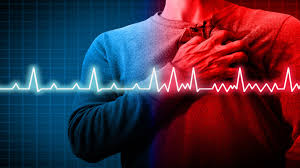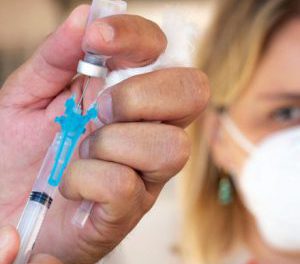New Delhi, July 1, 2024 — Experts have raised an alarm about the critical yet often overlooked heart condition known as aortic aneurysms, which are the third leading cause of sudden cardiac death. Despite the severity, awareness about this condition remains low, necessitating urgent efforts to educate the public.
Aortic aneurysms involve the ballooning of the aorta, the major blood vessel responsible for carrying blood from the heart to the rest of the body. Affecting approximately 2 to 3 percent of the population, the risk of developing an aortic aneurysm increases due to factors such as atherosclerosis (cholesterol buildup in blood vessels), hypertension, and certain genetic deficiencies.
“Aortic aneurysms represent a critical yet under-recognized health concern that ranks as the third leading cause of sudden cardiac death, trailing only behind heart attacks and cardiac arrests,” said Niranjan Hiremath, a senior consultant cardiovascular and aortic surgeon at Indraprastha Apollo Hospital in New Delhi. “When the aorta’s wall weakens, it can dilate to twice or even three times its normal diameter, creating a significant risk of sudden rupture, which can result in immediate death or lead to aortic dissections, another severe complication.”
In India, the focus of cardiac risk awareness predominantly revolves around heart attacks and cardiac arrests. However, the dangers posed by aortic aneurysms remain significantly under-discussed.
“The lack of awareness is concerning, especially considering that about 75 percent of aortic aneurysms are asymptomatic and go undetected until they present a sudden, life-threatening emergency. These aneurysms are often discovered incidentally during examinations for other medical conditions,” Hiremath explained.
Shiv Choudhary, Executive Director of Adult Cardiothoracic & Vascular Surgery at Fortis Escorts Heart Institute in New Delhi, elaborated on the symptoms and progression of untreated aneurysms. “Most intact aortic aneurysms do not produce symptoms. As they enlarge, symptoms such as abdominal pain and back pain may develop. Untreated, aneurysms tend to become progressively larger and can present with life-threatening complications,” he noted.
Aneurysms can develop in any segment of the aorta, with the abdominal aorta being the most commonly affected. Genetic predispositions, trauma, infection, and tobacco use also contribute to the risk of aortic aneurysms.
“Aneurysms weaken the wall of the aorta, leading to potential rupture and massive internal bleeding. Without immediate treatment, shock and death can occur. Another fatal complication is aortic dissection, where the layers of the aorta wall split, leading to mal-perfusion to the brain or organs and eventual rupture,” Choudhary said.
Treatment for aortic aneurysms has evolved from open surgery to minimally invasive techniques like endovascular stent implantation, which is associated with lower risk and minimal morbidity and mortality, according to (Surg Cmde) V S Bedi, NM Chairman & Senior Consultant at the Institute of Vascular & Endovascular Sciences, Sir Ganga Ram Hospital in New Delhi.
“The aneurysms need to be treated once the size of the aorta exceeds 5cm, as an increase beyond 6cm can lead to a sudden, fatal rupture,” Bedi added.
The experts stressed the importance of strict blood pressure control for patients with this condition and advised against tobacco use in any form. Patients diagnosed with aneurysms should avoid intense physical sports and isometric exercise but can engage in walking and light aerobic activities.
As the medical community strives to raise awareness about aortic aneurysms, it is crucial for the public to recognize the signs and risks associated with this potentially fatal condition. Early detection and timely intervention can save lives, highlighting the need for regular medical check-ups and informed healthcare choices.












